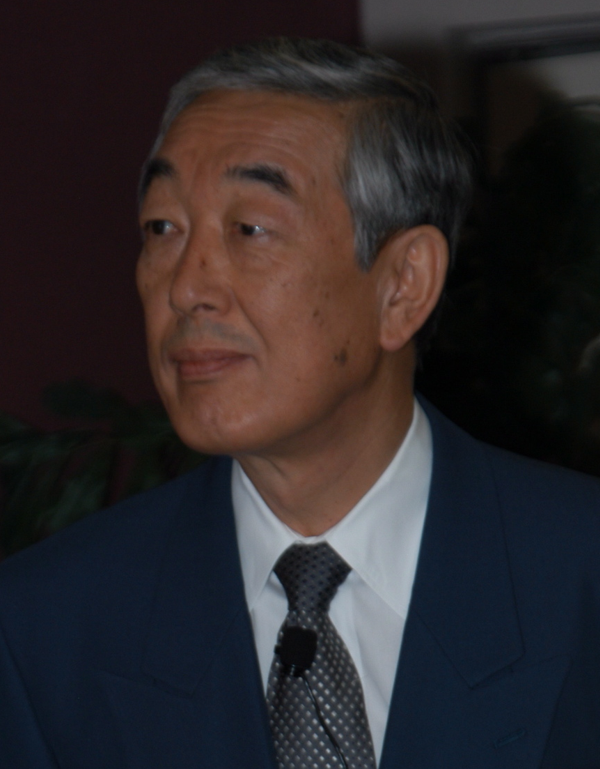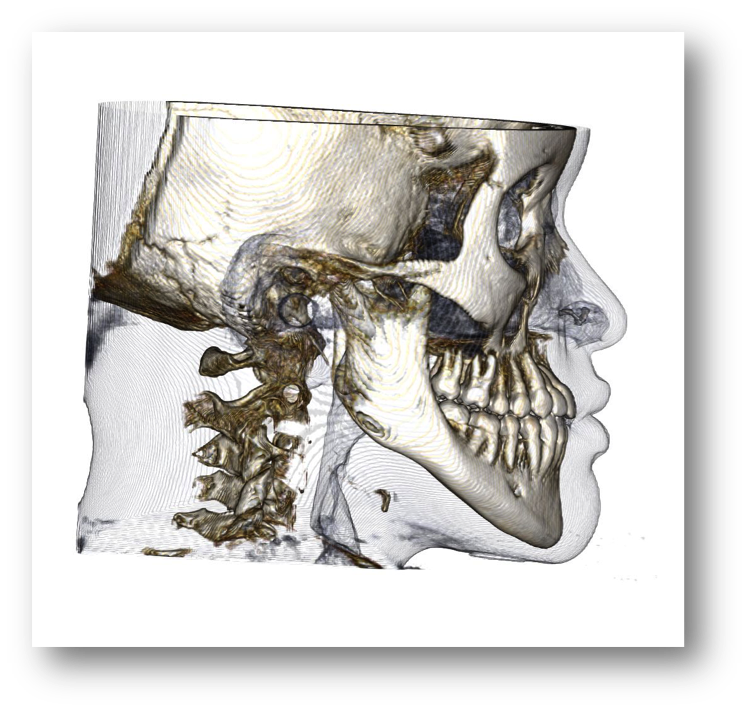Non-Surgical Treatment with Meaw
Non-surgical treatment with MEAW
Our ability to successfully treat skeletal malocclusions non-surgically stems from our treatment philosophy and use of Multiloop Edgewise Arch Wires (MEAW) and more recently Gum Metal Edgewise Arch Wires (GEAW).
Unlike the commonly used preformed “straight wires”, the custom made multiloop archwires provide vertical control of the teeth. The traditional, original MEAW has five loops per side. A more recent development by Toyota Central R&D Labs, GUMMETAL, is an alloy with unique properties that makes the force levels similar to those of the MEAWs. Only two loops per side are now needed for these GumMetal Edgewise Archwires (GEAW). They are far more comfortable for the patient and yet maintain the flexibility and provide the same vertical control as the MEAWs.

Traditional MEAW
Dr. Young H. Kim developed the multiloop archwires in the Boston area in the late 1960’s. Early on he found that with these wires he could get incredible results even in very difficult cases. Skeletal open bites were now easily treated without jaw surgery. Meanwhile, on the other side of the world (Yokosuca, Japan) Dr. Sadao Sato was developing his philosophy on the importance of the posterior occlusal plane and its influence on mandibular position. In 1985, he met and heard Dr. Kim speak in Tokyo, and found the tool he was looking for in order to apply his treatment ideas. Over the years Dr. Sato has taught and promoted his philosophy throughout the world and there are numerous orthodontists in the Far East, Europe and Latin America as well as a few in the US using this incredible treatment modality.


Dr. Young H. Kim Dr. Sadao Sato
Dr. Jorge Coro began using Dr. Kim’s treatment approach in 1996, integrating the Multiloop Edgewise Arch Wires (MEAW) in his practice at that time. He pioneered Dr. Sato’s philosophy and treatment approach in the United States in 2004 and has successfully treated hundreds of very difficult malocclusions since. He has attended many of courses and lectures given by his sensei Prof. Sato. Dr Coro is considered one of the most experienced MEAW practitioner here in the states. He has taught the MEAW course in the orthodontic departments of both the University of Florida and Nova Southeastern University since 2007.
Dr Ivette Coro took a seven day comprehensive course with Dr. Sato while still in her orthodontic residency program and has practiced his approach since joining the practice in 2013. She has developed a tremendous proficiency in it, treating and obtaining excellent results in these very difficult cases.

A "young" Dr. Coro with Drs. Young Kim And Dr. Sadao sato

Drs. Coro with Drs. Sato and Shirasu
A simplistic explanation of our treatment philosophy as taught by Prof. Sato is that using our MEAW and Gum Metal arch wires we are able to reorient the maxillary occlusal plane (the plane made by the upper dentition) in all three dimensions. The maxillary occlusal plane is the end stop for the lower jaw (mandible) in its arc of closure. Thus the three dimensional orientation of this occlusal plane determines the three dimensional position of the mandible as the corresponding opposing teeth occlude with each other.
Profound changes that are possible by occlusal plane controlAfte Before
Before After
After
We believe that teeth are very important sensory organs that send signals to the brain, which in turn tell the muscles how to move and position the jaw. The system is so precise that when we chew our food the teeth come within tenths of a millimeter from each other without actually touching, allowing us to chew our food. During the chewing cycle they sometimes touch, sending a signal for the brain to recalibrate the jaw movement. Their synergistic interaction with the orientation of the occlusal planes establishes mandibular position.
At Coro Orthodontics premolars, which are routinely extracted during conventional orthodontic treatments, are considered to be very important teeth that play a vital role in a physiologic functional occlusion. On the other hand, we believe that third molars (wisdom teeth) contribute to crowding in the posterior region of our jaws (posterior discrepancy). This space deficiency expresses itself on the rest of the dental arches and plays an important role in the development of malocclusions. They frequently become impacted. On most occasions we will recommend to have them extracted by an oral and maxillofacial surgeon.

